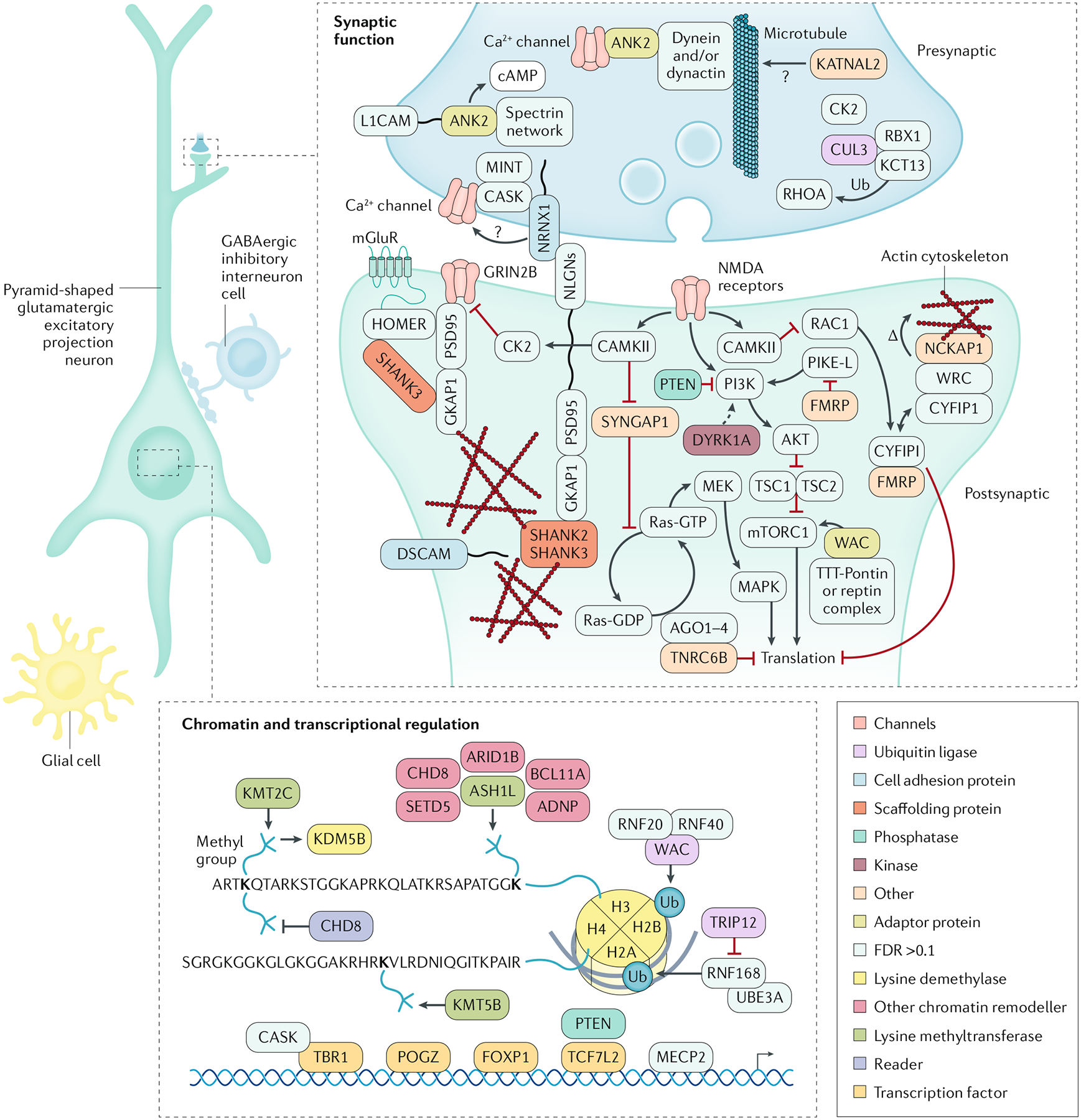Fig. 3 |. Encoded proteins associated with autism risk.

Simplified schematic of the major cellular components of a neural circuit in the cerebral cortex, with a focus on pyramid-shaped glutamatergic excitatory projection neurons. Proteins encoded by selected high-confidence (false discovery rate < 0.1) autism risk genes34 and proteins encoded by selected syndromic autism genes have a role in these neurons during development. These proteins have a diverse intracellular distribution: those at the synapse have roles in cell adhesion, scaffolding and signalling. In addition, some of these proteins are localized to the nucleus and have been shown, broadly, to mediate chromatin modification and transcriptional control. Syndromic autism genes include FMR1 (encoding fragile X mental retardation protein; fragile X syndrome), UBE3A (encoding ubiquitin-protein ligase E3A; Angelman syndrome), TSC1 and TSC2 (encoding hamartin and tuberin; tuberous sclerosis complex), PTEN (encoding phosphatase and tensin homologue) and MECP2 (encoding methyl-CpG-binding protein 2; Rett syndrome). GABA, γ-aminobutyric acid; Ub; ubiquitin. Adapted with permission from REF.48, Elsevier.
